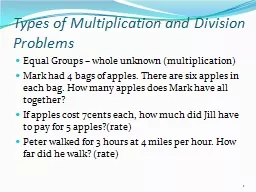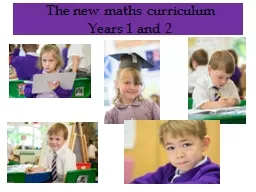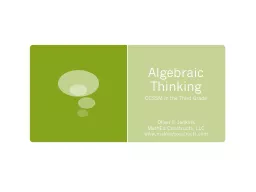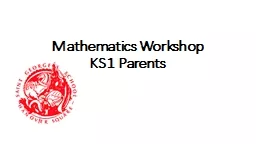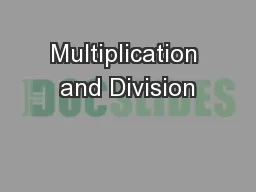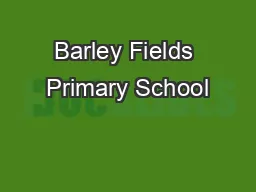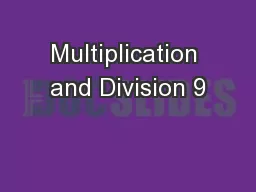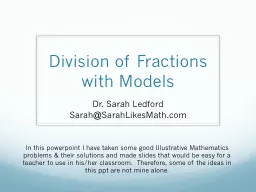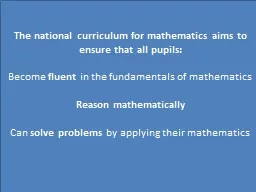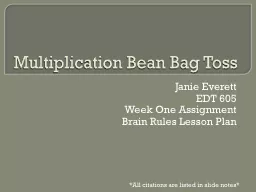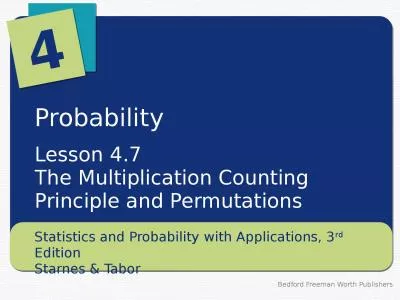PPT-Types of Multiplication and Division Problems
Author : phoebe-click | Published Date : 2016-03-26
Equal Groups whole unknown multiplication Mark had 4 bags of apples There are six apples in each bag How many apples does Mark have all together If apples cost
Presentation Embed Code
Download Presentation
Download Presentation The PPT/PDF document "Types of Multiplication and Division Pro..." is the property of its rightful owner. Permission is granted to download and print the materials on this website for personal, non-commercial use only, and to display it on your personal computer provided you do not modify the materials and that you retain all copyright notices contained in the materials. By downloading content from our website, you accept the terms of this agreement.
Types of Multiplication and Division Problems: Transcript
Download Rules Of Document
"Types of Multiplication and Division Problems"The content belongs to its owner. You may download and print it for personal use, without modification, and keep all copyright notices. By downloading, you agree to these terms.
Related Documents

